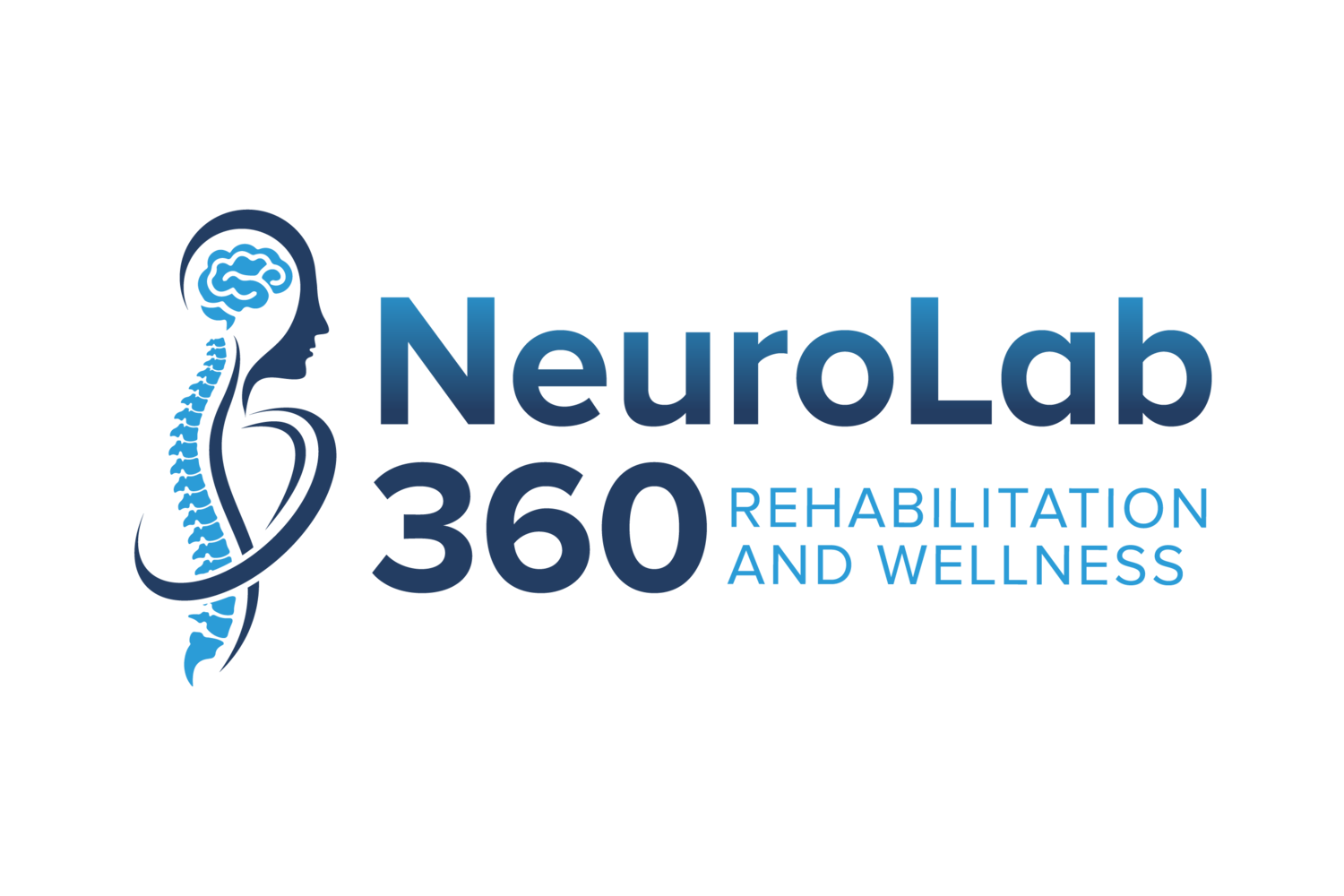Dual Task Training
Dual tasking is the ability to perform two or more tasks at the same time. Many of us perform dual tasks throughout the day without realizing it. Examples include walking while talking on the phone, cooking dinner while listening to a podcast, or driving a car while following directions to our destination. Performing two tasks at one time often leads to a reduction in performance. This is known as the dual task cost - or the difference between single task and dual task performance. However, in physical therapy, we can train one’s ability to dual task in order to reduce dual task cost while improving overall function. In this blog post we will discuss the role of dual task training and how it can be used to improve motor and cognitive performance.
Our brains have the ability to change and remodel and this is known as neuroplasticity. One of the principles of neuroplasticity is specificity - we need to practice and train in the specific way we plan to perform an activity. Most of us are dual tasking to some degree with almost everything we do! For example, we rarely are walking and that’s it. We are often walking while talking to someone or thinking about something. Because of the way we need to perform walking while multi-tasking in our daily life, it is important to practice walking while dual tasking in physical therapy in order to make improvements in our ability to carry out two tasks simultaneously.
Many research studies have been conducted in various populations to examine the effects of dual task training in both healthy and neurologically impaired adults. We will briefly summarize the impact of dual task training on cognitive and motor functions in healthy older adults as well as those with neurologic impairments.
Dual Task Training in Healthy Older Adults
Dual task training has been shown to improve dual task walking speed in healthy older adults that have impaired balance. This means that after training dual task performance, healthy older adults were able to walk faster while performing a cognitive dual task. This also translated over to reduced risk for falls based on objective balance assessments.
Dual Task Training in Neurologic Disorders
Many studies have also examined the effects of dual task training in those with neurologic disorders. One large systematic review examined the effects of cognitive-motor dual task training in those with neurologic diagnoses such as Brain Injury, Parkinson’s Disease, and Alzheimer’s Disease. The results showed that dual task training improved walking speed as well as stride length in those with Parkinson’s Disease and Alzeheimer’s Disease. It also improved dual task walking speed in Parkinson’s Disease, Alzheimer’s Disease, and Brain Injury. Furthermore, it improved balance and cognition in Parkinson’s and Alzheimer’s.
How is it performed?
One thing that is lacking in the literature on dual task training is a strict protocol to follow for dual task training. However, there are many ways to perform dual tasking in physical therapy to help improve this skill! In general, we will pair a motor function with a cognitive function and practice them both simultaneously. For example, while practicing walking on the treadmill at a challenging speed, we may ask an individual to try to name as many animals as they can think of. Or maybe having someone step to colored targets and for each step try to name an item that is the same color as the target. The motor and cognitive task can easily be adjusted to make the task more simple or more complex.
Ready to get started?
If you are interested in learning more, try one of our live or on demand group classes. You can also check out our most recent balance class in the on demand section for a dual task specific balance class. Feel free to reach out to us with any questions at info@neurolab360.com.
Sources:
Silsupadol, Patima et al, 2009. Effects of single task versus dual task training on balance performance in older adults: A double blind randomized controlled trial. Rehabilitation 90(3): 381-387.
Fritz NE et al, 2016. Motor-cognitive dual-task training in neurologic disorders: A systematic review. J Neurol Phys Ther 39(3): 142-153.

